Written one day ago…unable to send until today…goes with previous blog’s photos:
Ginger is in love with the humble auto-rickshaw. Not just any auto-rickshaw and certainly, not the one with all the bells and whistles. She loves the simple, humble, slightly worn auto-rickshaw that does the job of getting you through the most congested of narrow streets, the one that slips past cows, sari-clad women, dogs, trucks, cars, bicycles, and pedestrians almost unnoticed!
Ginger has already bought a toy version of an auto-rickshaw. When I saw the newly purchased miniature toy rickshaw in her hands, I asked her, “Who’s that for?” I thought perhaps it was for one of her grandchildren. She replied emphatically, “ME!” Just yesterday, Ginger referred to the auto-rickshaw as having an “understated elegance”! Great description for the auto-rickshaw!
We spent a good part of yesterday at the massive Mehrangarh Fort, which overlooks Jodhpur’s rugged and rocky terrain. Arvind has the gift of bringing the various rooms and palaces within the fort to life. Walking through the fort, images of past and present flooded my brain:
doors with spikes stop the enemy’s elephants from entering the enclosed palaces, women in purdah see the world through lattice-like stone carved windows, freshly hennaed hands of a widow pressed to a wall leave the last imprint before a final courageous stroll to the funeral pyre, mirrors reflect light, colorful stained glass windows adorn rooms and more rooms used as bedrooms and dancing halls, silk brightly colored turbans and shoes with pointy curled up toe pass us, peering out from the peeping palace, I see the world in broken pieces, turbans unwind to several meters long, curled-mustached men in pointy leather shoes walk alongside dazzling bangles on deep brown arms, I am soaking in the colors of pink, red, yellow, orange veils of silk covering the faces of the Rajasthani women
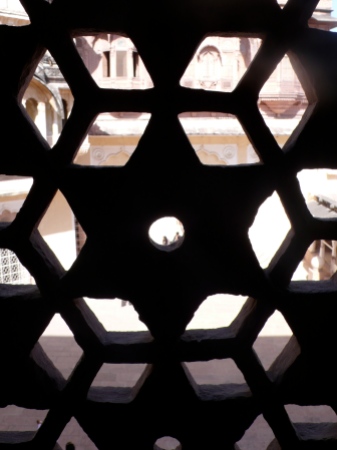
We went into the palaces and I was able to peep through the carved lattice-like stone and see the fragmented court below as the women in purdah did so many years ago

Widows pressed their freshly hennaed hands to this wall to leave their last imprint before courageously throwing themselves on their husband’s funeral pyre (this custom was outlawed by the British)
After lunch we visited Mukesh Jain’s Maharani Warehouse Textile Shop, a veritable fabric jungle in the Jodhpur bazaar. We arrived by auto rickshaw and had a blast on the ride there and back! Mukesh Jain is the third generation owner of this fabulous textile shop. Mukesh is one of the best salespeople around. He has the best lines ever:
“Just try this on! OH! You look 21 in that!”
Easy sale, especially when you dish out compliments like that!
“You look sexy in that! Double sexy!” He actually said this one to Rebecca! Another sale! The guy’s got it figured out!
“Looks beautiful with your hair and eyes!”
“Touch and educate your hands.”
That last one really got me!
With such beautiful textiles, artistry, fine quality products and the above comments, merchandise practically hops out of Mukesh’s shop.
The shop is filled with the most colorful fabrics, bedspreads, scarves, and shawls. We saw appliqué work, nomadic tribal works of art, patchwork quilts, filigree fabrics which are covered with silk threads that take 27 months of hard work to make, and many more types of dazzling textiles made in the surrounding villages of Jodhpur.
Mukesh works with designers from all over the world. His English was pretty good. I love how he said “pacific” instead of “specific”!
“Designers are very pacific about what they want! We have to work hard to make them happy!”
Most interesting was learning about the different types of wool, starting with the best:
Shahtoosh is the best of the best in wool, according to Mukesh. It comes from the Himalayan/Tibetan antelope, the Chiru. It is wool as fine as silk. Our educated hands told us so! The baby hairs of the shahtoosh get caught in branches. This is collected and, in the past, only the royal families were able to have clothing made of shahtoosh baby wool. Also, Mukesh explained, if the antelope is caught, hairs are taken from the beard and chin and used for wool making. When Mukesh told us this, Arvind, who was sitting next to me, whispered, “Actually, the hairs are taken from the Chiru’s testicles”. Oh, I really didn’t want to hear that! I mean, what do you do with that kind of information? Arvind continued, “It is a rather cruel process and is now illegal to gather this wool!” Poor male Chirus! Who on earth would even think to do this? I looked this up on line and learned that the Chirus were being killed for their wool and that the antelope’s survival was being threatened! These days, as of 1987, the antelope is protected and only vintage shahtoosh can be purchased. Mukesh showed us some examples from his stash of vintage scarves. I didn’t bother to ask about the price.
The second best wool in the world is Vicuna from the Andes. The Vicuna is a shy relative of the llama and alpaca and lives at 5000 meters. Even at -30 degrees, clothing made from the Vicuna will keep you warm! The fibers of the vicuna wool are waterproof. Mukesh proudly demonstrated by pouring water onto a scarf. Once we saw the waterproof quality of the fibers, he tossed the water onto the steps of his shop.
The third best wool in the world is Pastoosh wool. This comes from a Tibetan yak and only the hairs from the beard and chin (Arvind confirmed this is true!) of this yak are used in making pastoosh wool. The scarves we saw had a blend of bamboo fabric and were very beautiful. These scarves sold for $285 in Mukesh’s shop, but have a value of $8000 in Europe.
The fourth best wool is Pashmina or Kashmir. They are the same wool. Pashmina refers to the animal and Kashmir refers to where the animal lives. The wool can come from an adult Pashmina (the name of the animal) or from a baby. The baby wool is the finest, of course.
The last wool spoken of is Superfine Merino, which comes from New Zealand.
After a full day in Jodhpur, the much anticipated “rum party” took place in Kelley’s room. Everyone squished into her room and partied until dinnertime!

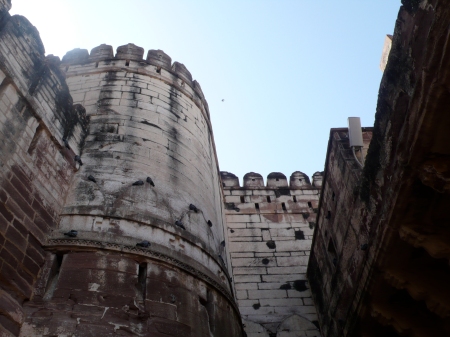
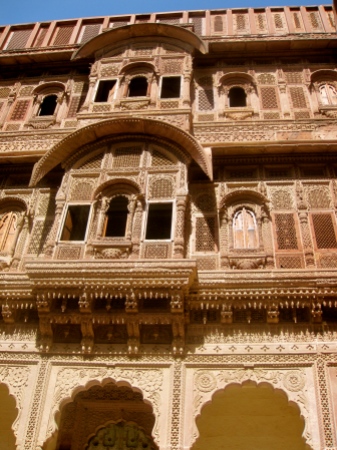
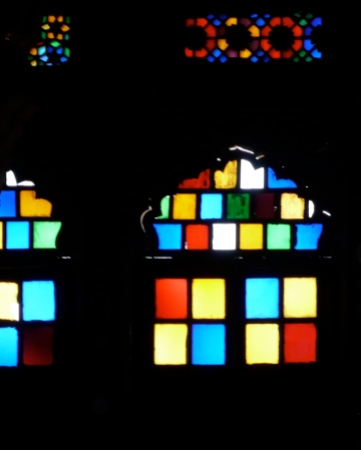
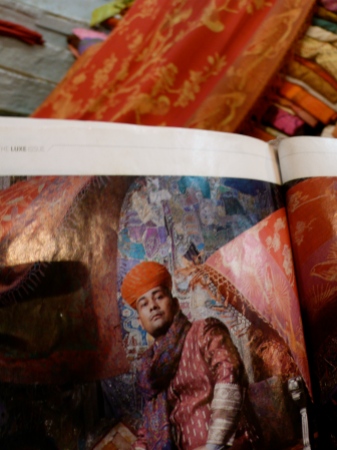


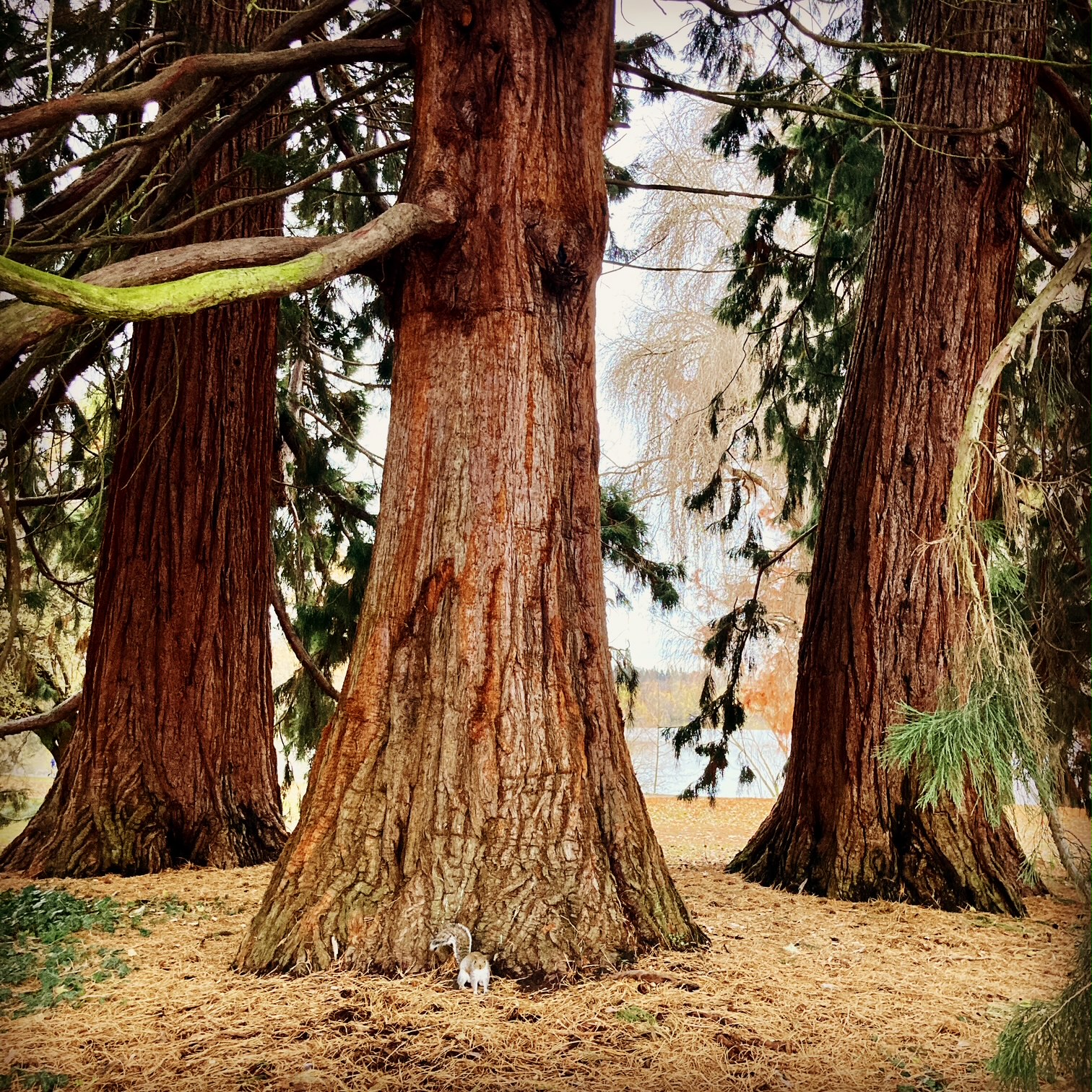
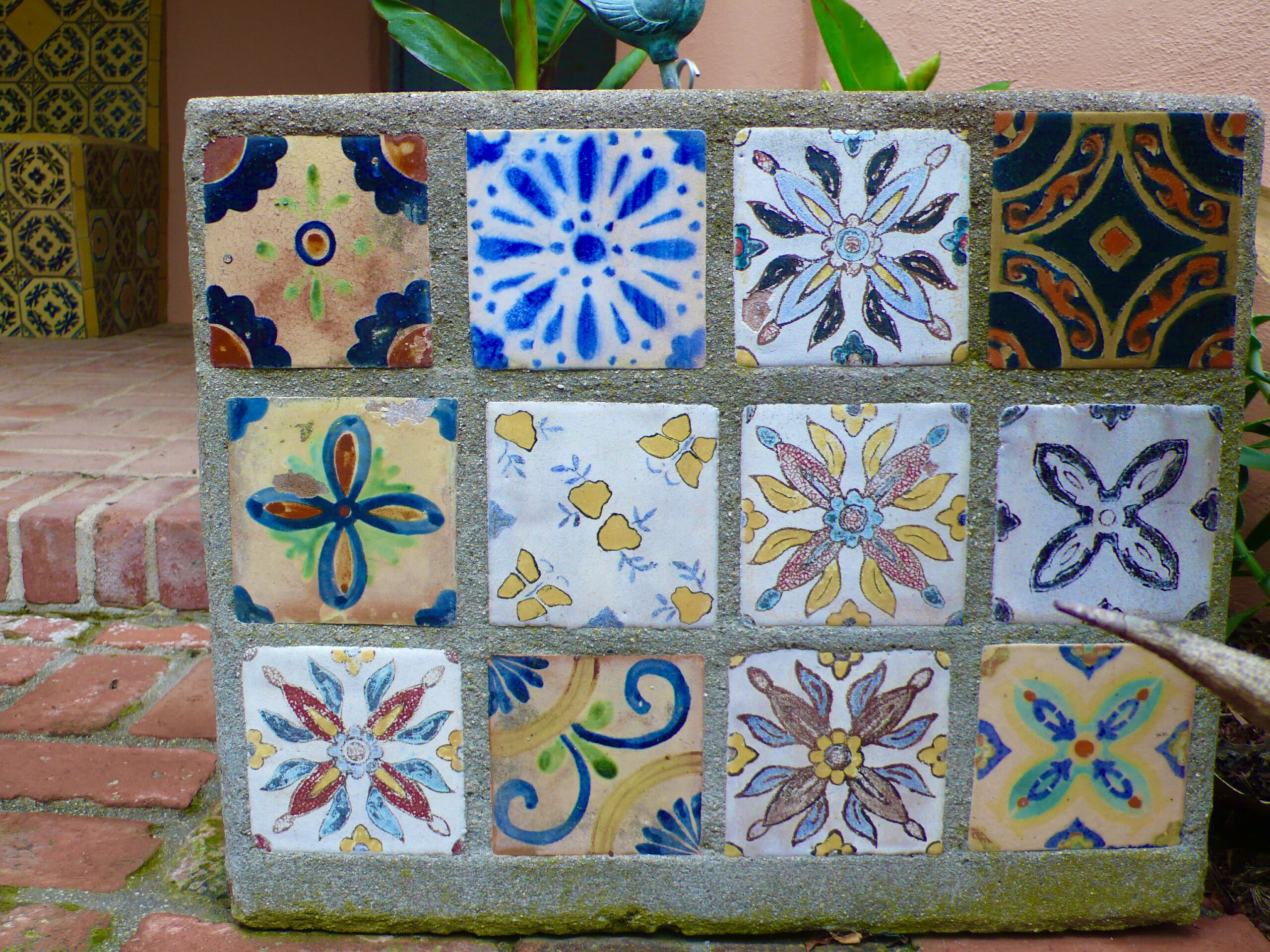
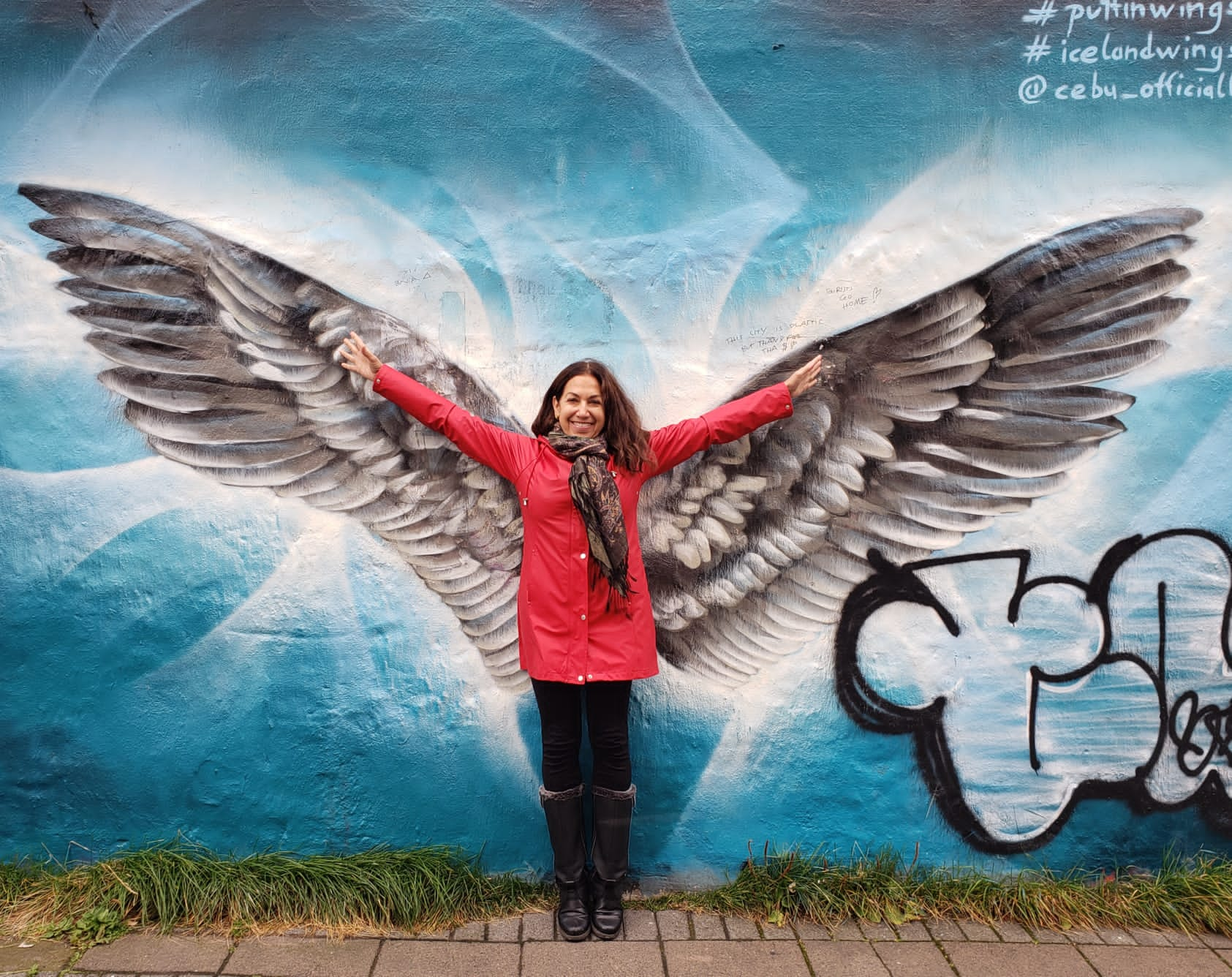
I have travelled all these places. Ask your guide about the
Calico Museum in Amnadbad (sp) where I was a house guest of
Manarama Sarabhai. It is interesting that the color of the turbans signify the area where they are from etc.
Yes, Arvind knows the Calico Museum. I wish we could go. Our schedule is jam packed. I am lucky if I get an hour on email and to blog. This place is truly magical. So glad you got to experience the magic of Rajasthan!